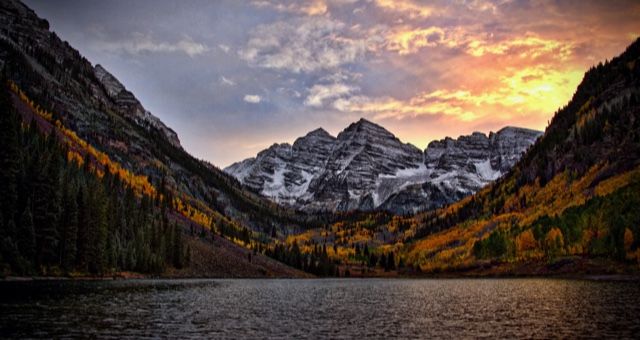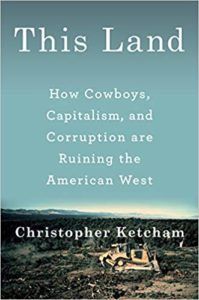It is the state where the sunsets are more beautiful than anywhere else. It is a place where purple mountain majesties makes sense, The Art District on Santa Fe Drive is really good, and you can still find hippies in Nederland. Yet it is also where Sand Creek happened, where the Ludlow Strike took place and where a Japanese Internment camp looked up at the Colorado sky. It is a state where oil and gas and ranching have ridiculous amounts of power, and gentrification has pushed many out of its homes. I still love Colorado, even though I don’t live there anymore. I also think that the best way to love something is to understand it, and here are two new releases that both helped me love Colorado and understand it more.
Sabrina & Corina: Stories by Kali Fajardo-Anstine
Almost a quarter of Colorado was once part of Mexico, and there is still a vibrant population whose ancestors were here when the 1848 treaty made that western section of the state part of the USA. Kali Fajardo-Anstine’s new collection of short stories, Sabrina & Corina, shows us the lives of a few of these people. Each story is lyrical, haunting, and masterful. Some stories show the social upheaval of parts of Denver that were once mostly Latinx but are gentrifying at what seems like lightning speed, displacing the residents. Other tales deeply capture the dry wind on the sagebrush in the desert landscapes of the western parts of the state. The women in these stories are all complicated, nuanced and distinct, from a woman in the 1950s who goes blind in a terrible act of violence, to children whose mother is in the hospital, to an older woman who protects her home from bugler with surprising fierceness. Sabrina and Corina was also a nominee for the 2019 National Book Award, and I can’t wait to see its stories taught in fiction classes across the country.
This Land: How Cowboys, Capitalism, and Corruption Are Ruining the American West by Christopher Ketcham
Hailed as the next Desert Solitaire, This Land is a must-read for anyone who ever wanted to understand the messy history and reality of environmental policy in the American West. While a lot of the book takes place in Utah, it does a fantastic job of explaining many of the environmental issues that make up Colorado’s cultural, economic and political ethos. This includes the impact of cattle ranching, logging, oil and gas, and tourism. Colorado’s identity is inseparable from the National Western Stock Show held every January or the massive wilderness areas that save the state from being one giant suburb. While Ketcham’s book is a rallying cry against the blind greed of the few and the ignorance and compliance of the many, it is also a love letter to wide open space, public land, and the animals and plants that call it home. This massive piece of environmental journalism is a daunting, 432 pages, but somehow it is both beautiful and page-turning.


